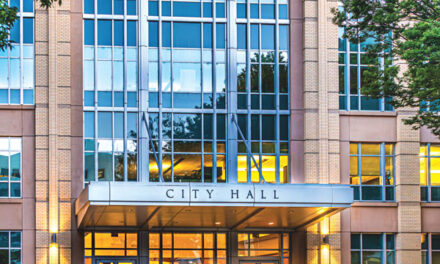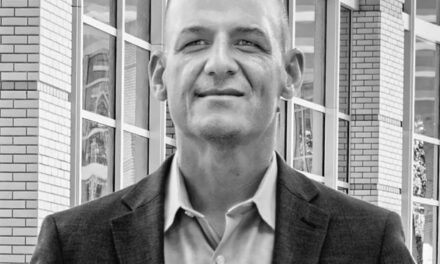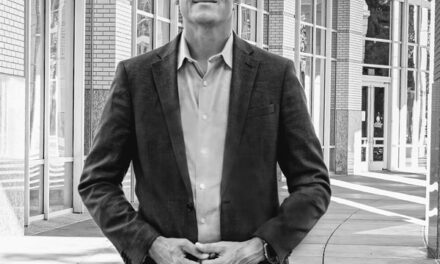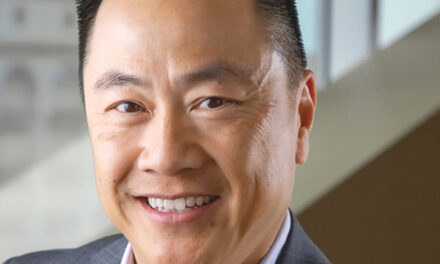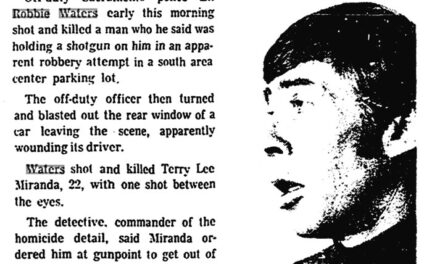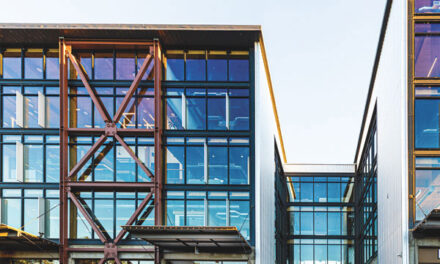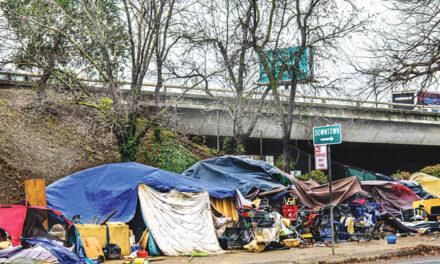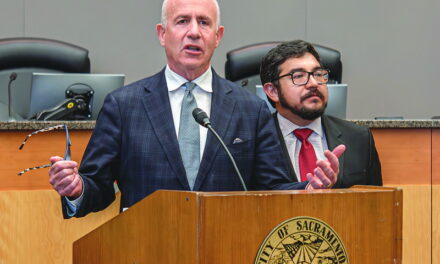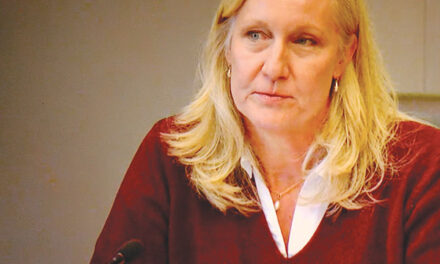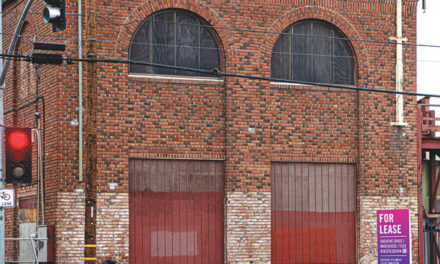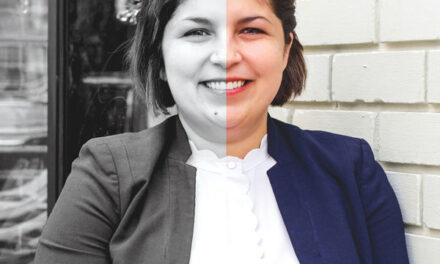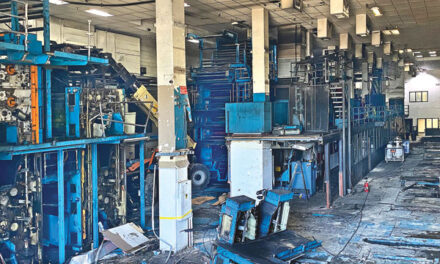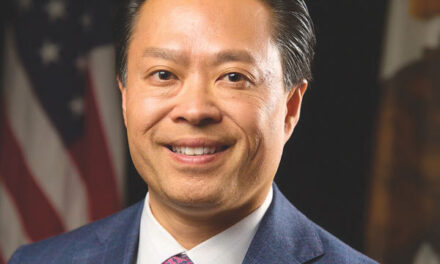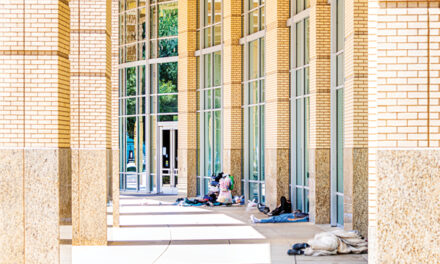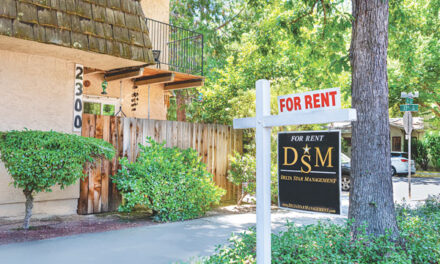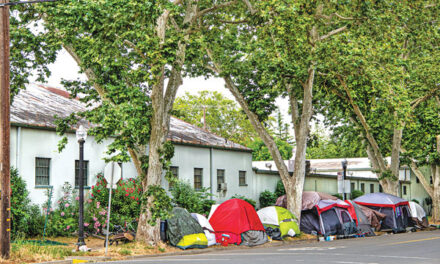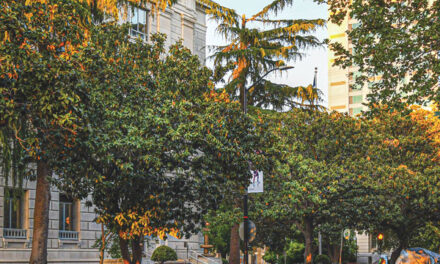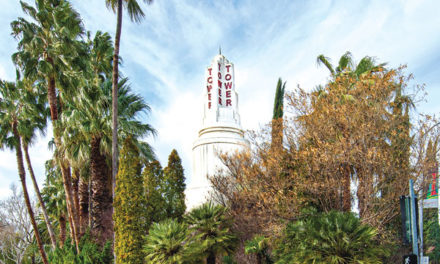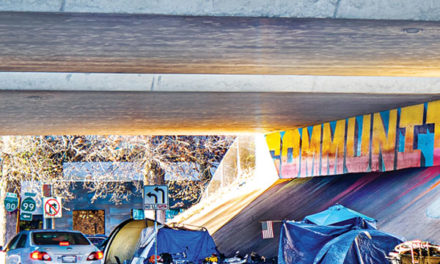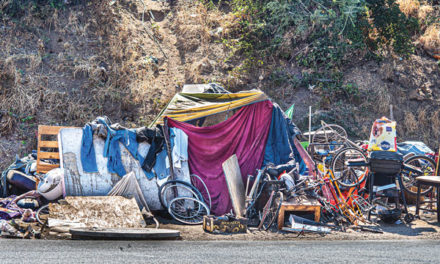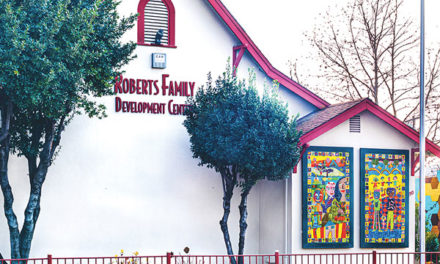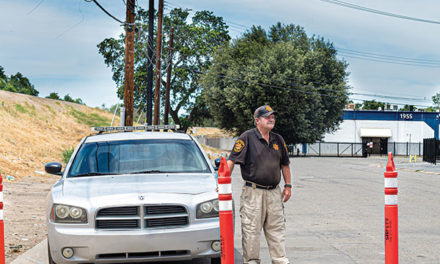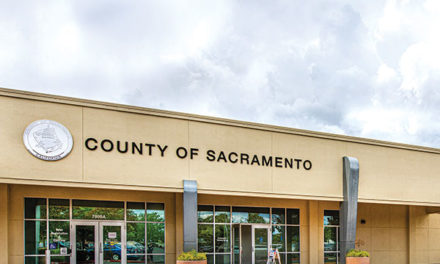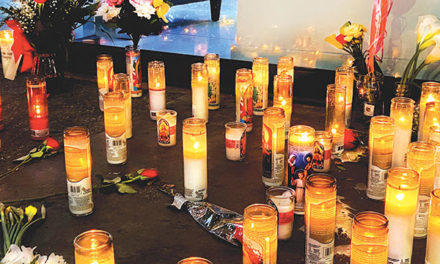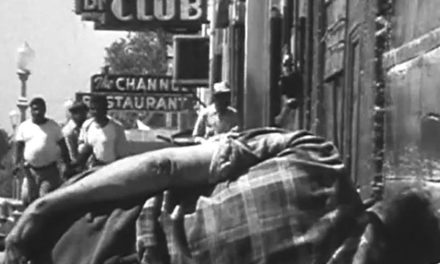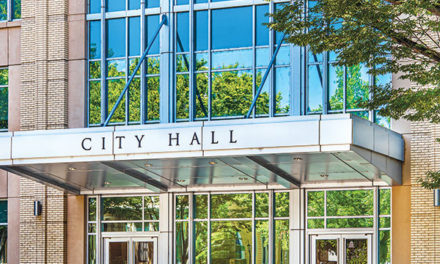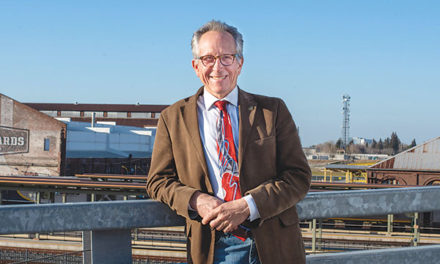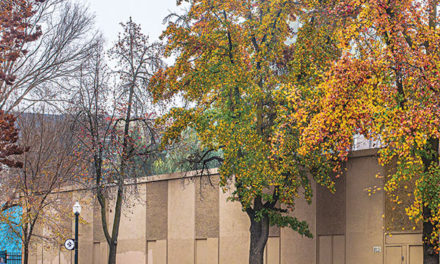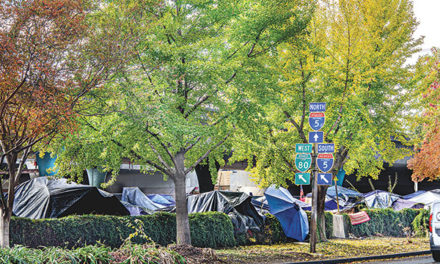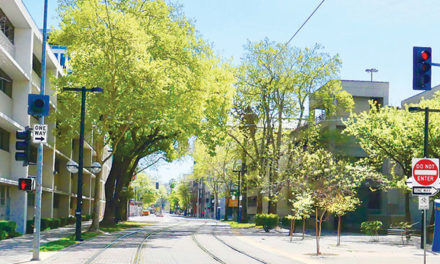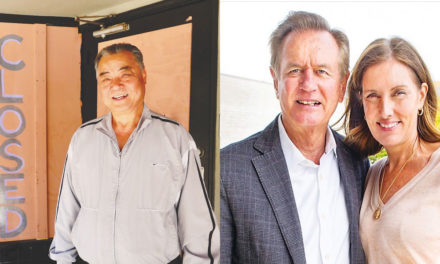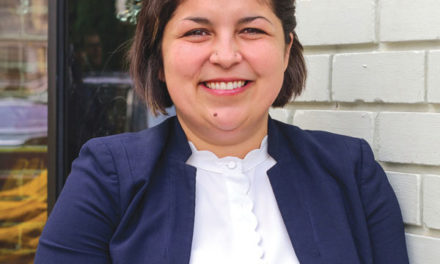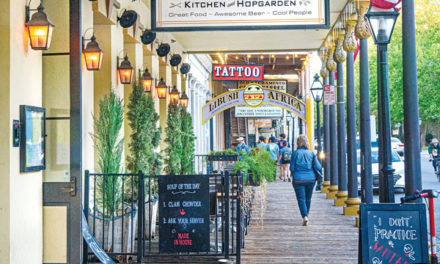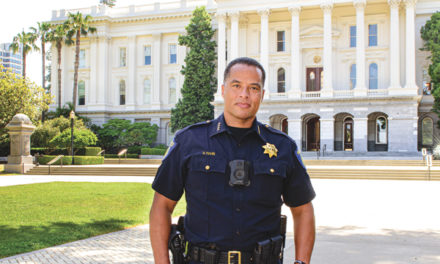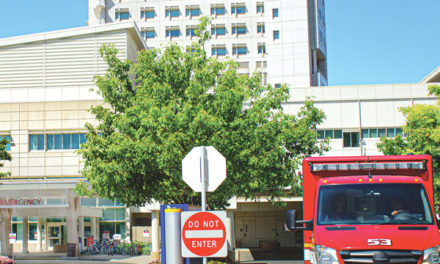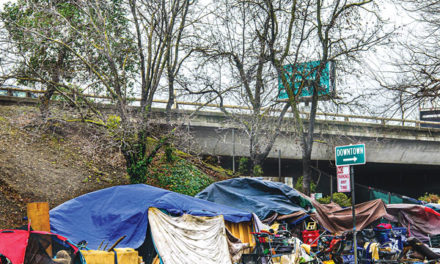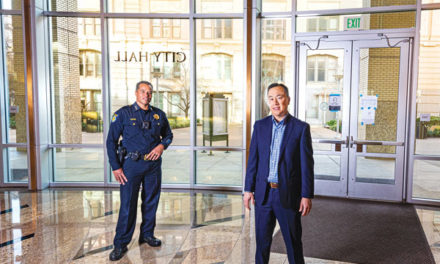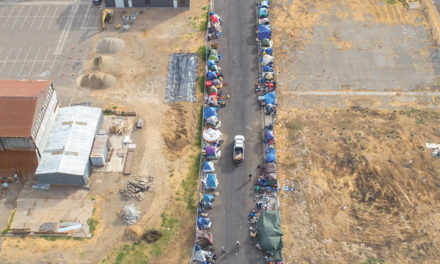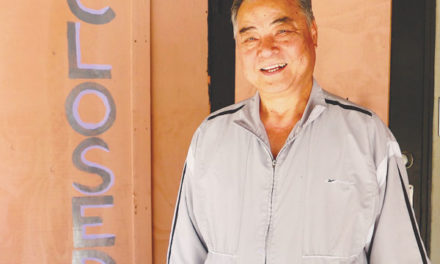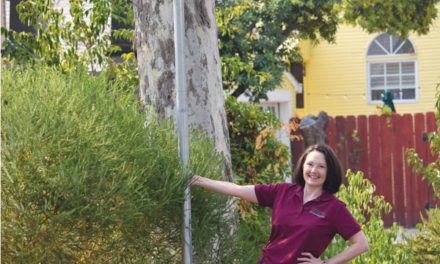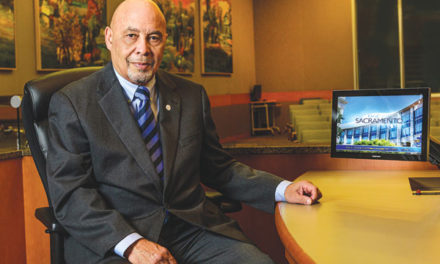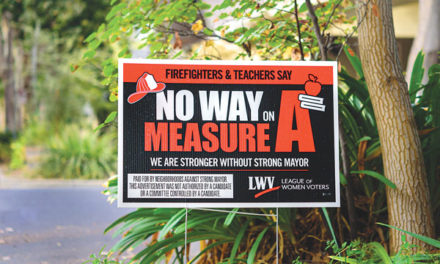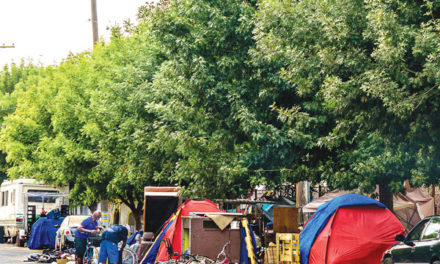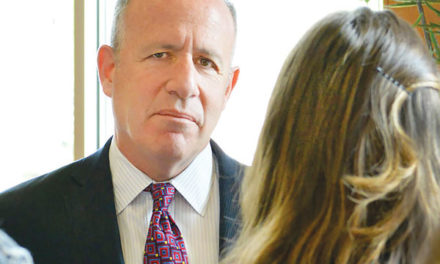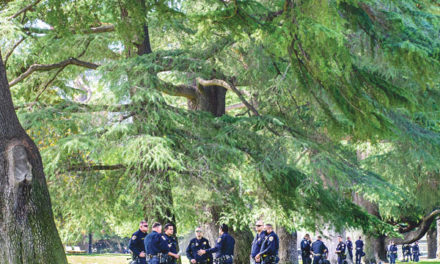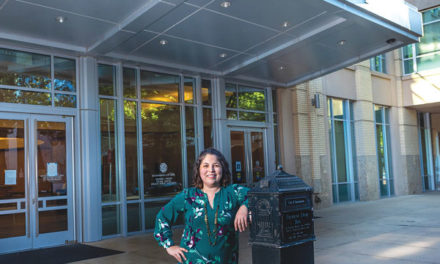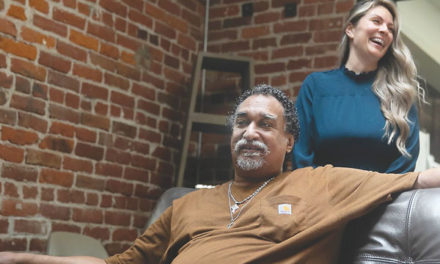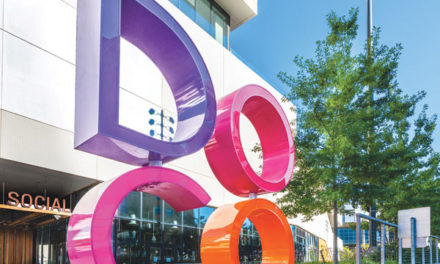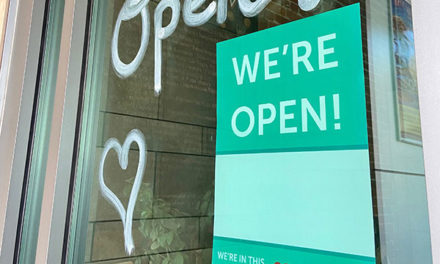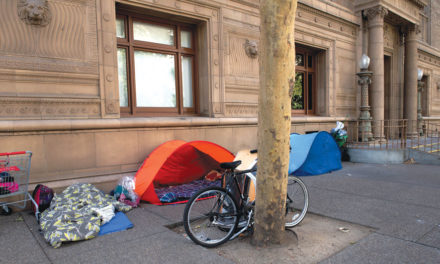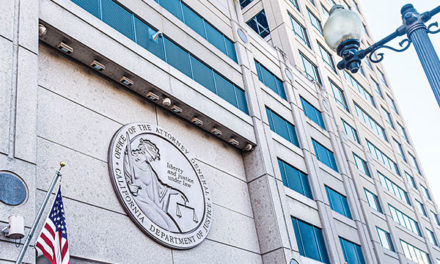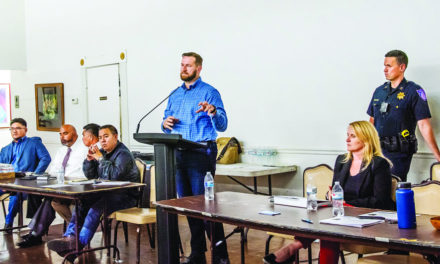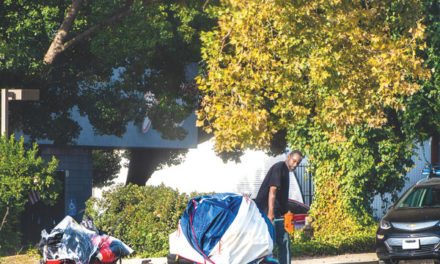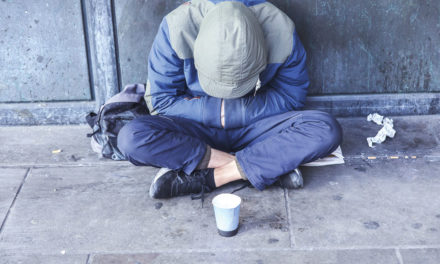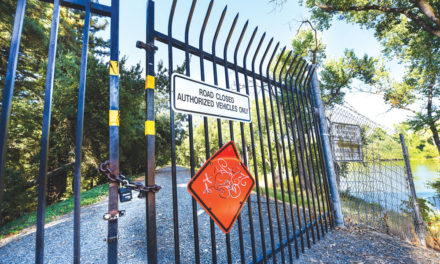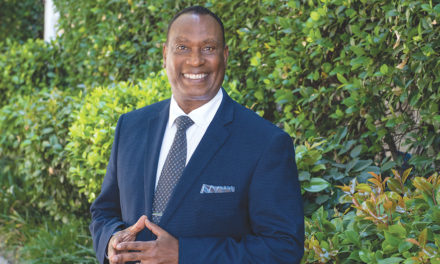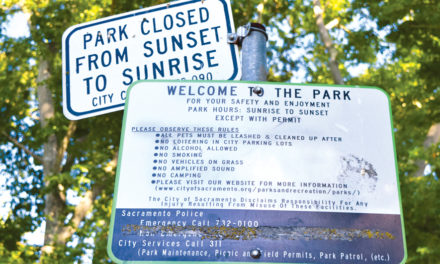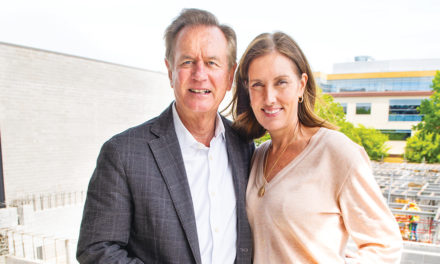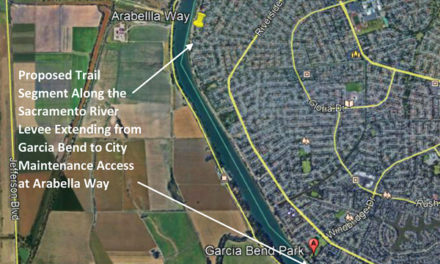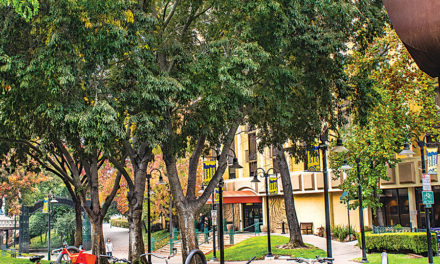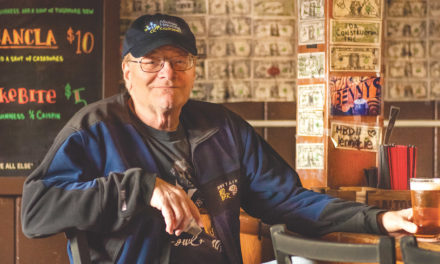Long Day’s Journey
From Tokyo to Paris, tear gas included
By Craig Powell
September 2019
As astute readers may have noticed, I have been missing in action. After nine years of writing a monthly column for Inside Sacramento, without missing a month, I decided to take the family on an extended vacation.
I took my notepad to capture some observations for you, particularly as they relate to Sacramento.
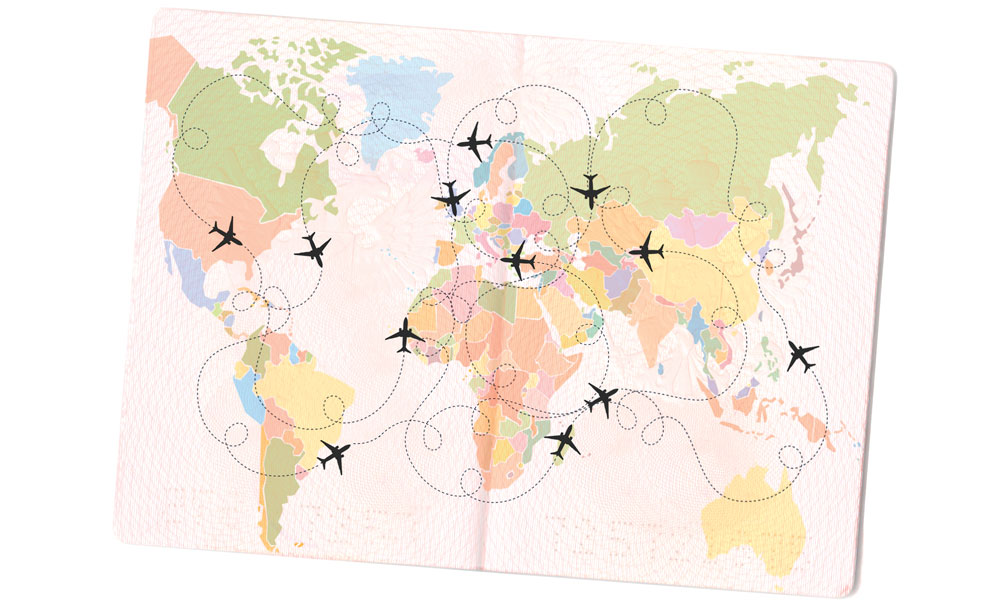
TOKYO
The train from Narita airport to the central Tokyo train station in Shinjuku covers 37 miles and takes an hour. I chuckled when I thought of folks who think Sacramento taxpayers should fork over $1 billion to $2 billion to extend Regional Transit’s light-rail system to Sacramento International Airport to avoid a rarely congested 10-minute drive from Downtown to the airport.
A light-rail trip to the airport from Downtown would likely take an hour, as it would no doubt make eight stops at stations in South and North Natomas. The population density of Tokyo (with 14 million people) makes rail travel a necessity, compared to Sacramento’s low-density suburbs. The number of homeless people in Sacramento County is now 5,570. Roughly one of every 250 Sacramento County residents is homeless. Tokyo has an estimated 5,000 homeless persons with a population 10 times greater than Sacramento County.
Walking around Shinjuku one afternoon, I came across an orderly pack of personal belongings under an elevated roadway. It seems Tokyo’s homeless pack up their belongings each night so as not to be a nuisance to pedestrians during the day. Japanese are willing to give money to homeless people, but they rarely ask for handouts. Their dignity doesn’t allow it.
HONG KONG
We saw massive numbers of worried residents marching to protect Hong Kong’s liberty and democracy, legacies established by the British who formerly ruled Hong Kong. The protesters oppose communist Chinese government efforts to impose a law that would allow extradition of Hong Kong residents to the mainland for criminal prosecution. The fear is China would use such power to further suppress free speech and punish dissidents.
These are courageous people confronting an immensely powerful foe. They are appealing to world opinion to moderate China’s instinct to violently repress political opposition. Protestors conducted a measured attack on the parliament building during our visit. The resulting traffic jam didn’t bother us. I resisted the urge to join the protesters.
With a population of 7.4 million, Hong Kong has a homeless population of just 1,127. I observed a multi-floor homeless shelter in Kowloon packed to the rafters with bunk beds. Ironically, such a living arrangement is not dissimilar to how many Hong Kongers live in one of the most densely populated places on earth.
SINGAPORE
If Sacramento is one of our country’s most diverse cities, Singapore is one of the most diverse countries, with ethnic Malay, Chinese, Indians, Arabs and expatriates from across the globe. As a tiny island city-state that includes just 50 square miles, Singapore is a study in economic and social miracles—the beneficiary of extraordinarily skillful government leadership.
After fending off aggressive neighbors and putting down a communist insurgency, Singapore adopted two prime directives: pursue high-quality economic growth to rapidly lift incomes and compete internationally; and convince its people to accept identity as Singaporeans first and eliminate ethnic and racial tensions. Some characterize Singapore as the Switzerland of the east for its affluence, independence and melding of diverse populations. With a population of 5.9 million, Singapore has fewer than 300 homeless people.
The 5-mile drive from the exceptional Singapore airport to city center is akin to driving through a green paradise. Sacramento could learn a lesson from Singaporeans’ practice of making the greening of their city a sustained, high priority.
The government is intolerant of quality-of-life infractions such as littering, jaywalking and vandalism. Bubble gum and vaping are banned. Customs forms warn that those caught dealing drugs will receive the death penalty. It’s an attention-grabber.
PARIS
My wife Paige and I love Paris. But Paris teargassed us on this trip and we were not happy about it. And we’re not the only ones. The French government is brutalizing its people and radicalizing citizens.
We thought we were fortunate to be in Paris on Bastille Day. We witnessed a majestic flyover of French military jets, but skipped the military parade to stroll through one of Paris’ prettiest parks, Parc Monceau. We walked up to the Arc de Triomphe and Champs Elysees. The parade was long over, but we noticed a sizeable police presence. We chalked it up to a residual police presence following the big parade. We were wrong.
The Champs Elysees has become a popular confrontation point between French police and “yellow vest” protestors who have clashed since President Emmanuel Macron and his government raised the gasoline tax as a climate-control measure last year.
At first we heard peaceful singing by a modest number of people. The crowd was older, mostly retirees, none wearing yellow vests. Then we saw what we thought was a smoke bomb tossed into the street by police.
A woman next to us warned, “Go! The police are using gas!” We were stupefied. Gas? Against people who were just singing? Not possible. But we followed her advice and began to leave. A gas canister flew over our heads and landed in front of us. Gas exploded, incapacitating us and driving us to the ground, doubled up in pain. The stinging pain in our eyes was nothing compared to our inability to breathe. I used a bottle of water to irrigate our eyes, but we were panicked by our loss of breath.
There was no warning. Police just started tossing tear-gas canisters. The crowd responded by hauling temporary metal fencing into the middle of the Champs Elysees in the time-honored French tradition of constructing barricades. Police flooded the area to trap the crowd. We barely escaped.
The police strategy is to lull protesters into enclosed areas, close off escapes and pummel them with tear gas, explosive grenades and rubber bullets. People have been blinded and maimed. This is how revolutions begin.
Craig Powell is a retired attorney, businessman, community activist and president of Eye on Sacramento, a civic watchdog and policy group. He can be reached at craig@eyeonsacramento.org or (916) 718-3030. Follow us on Facebook, Twitter and Instagram: @insidesacramento.



